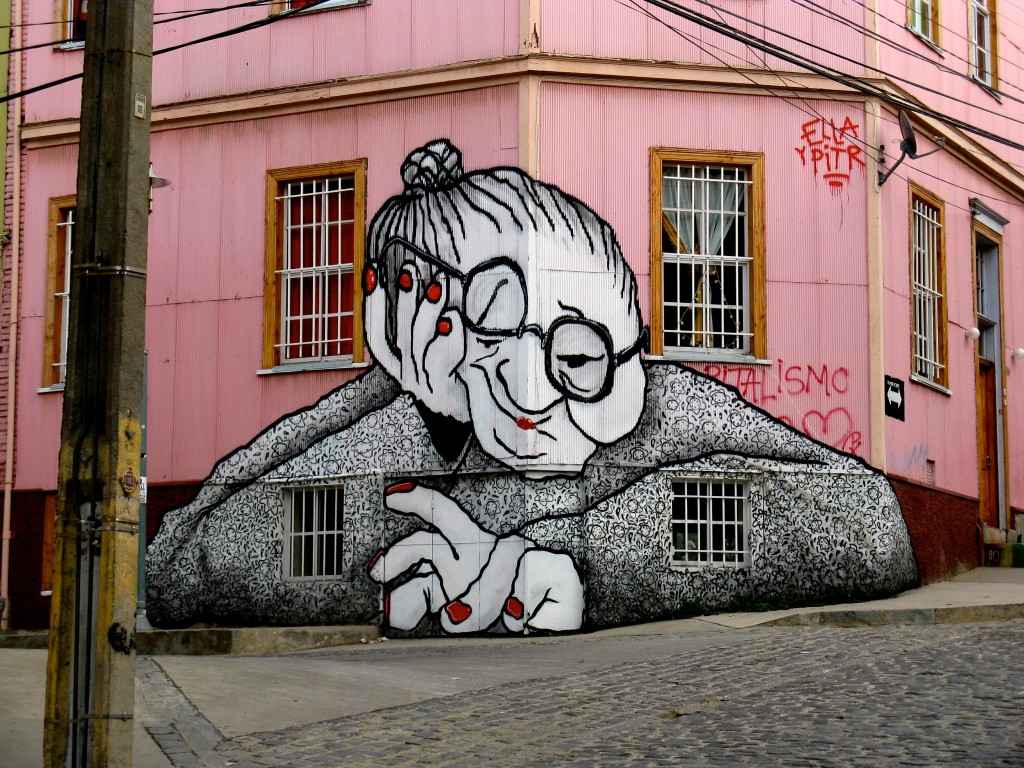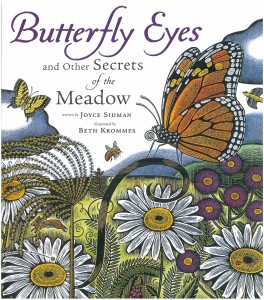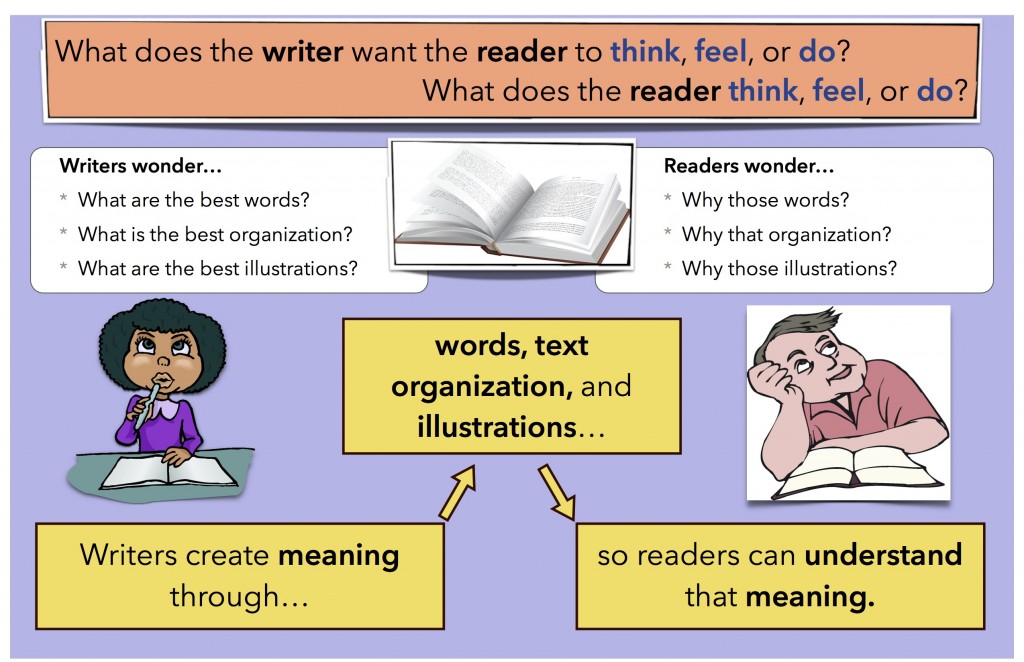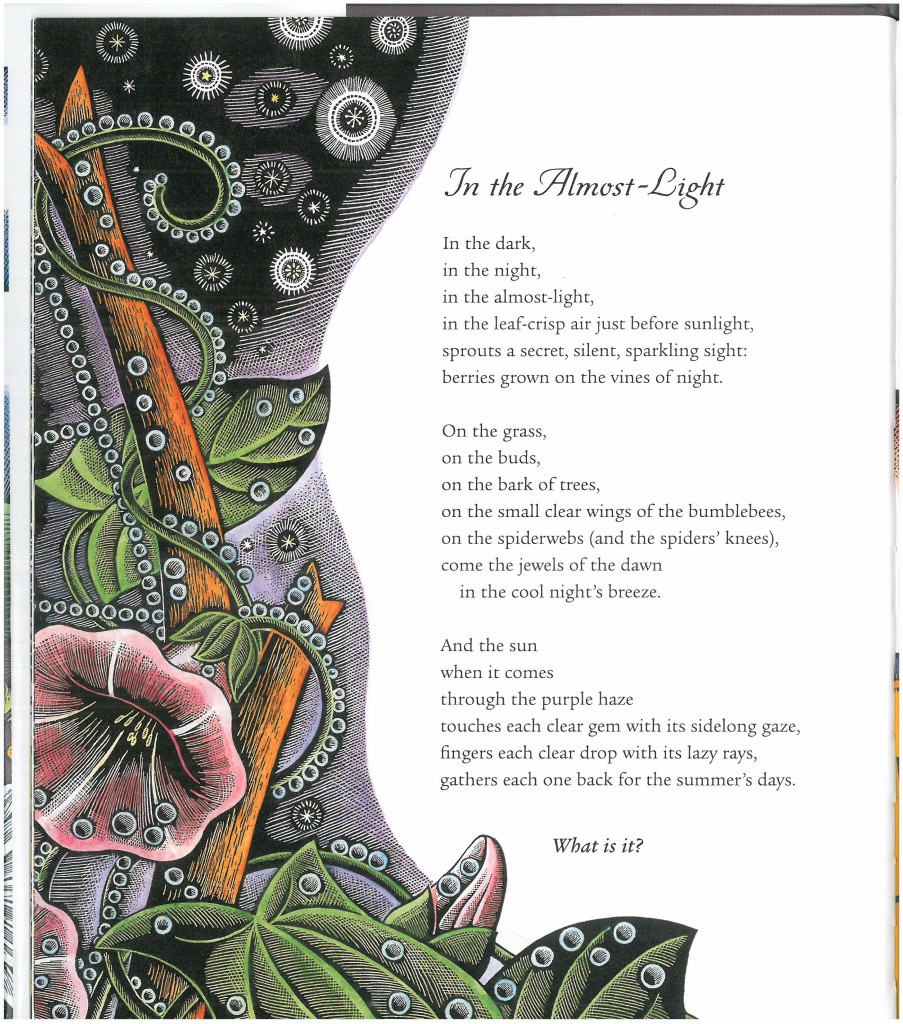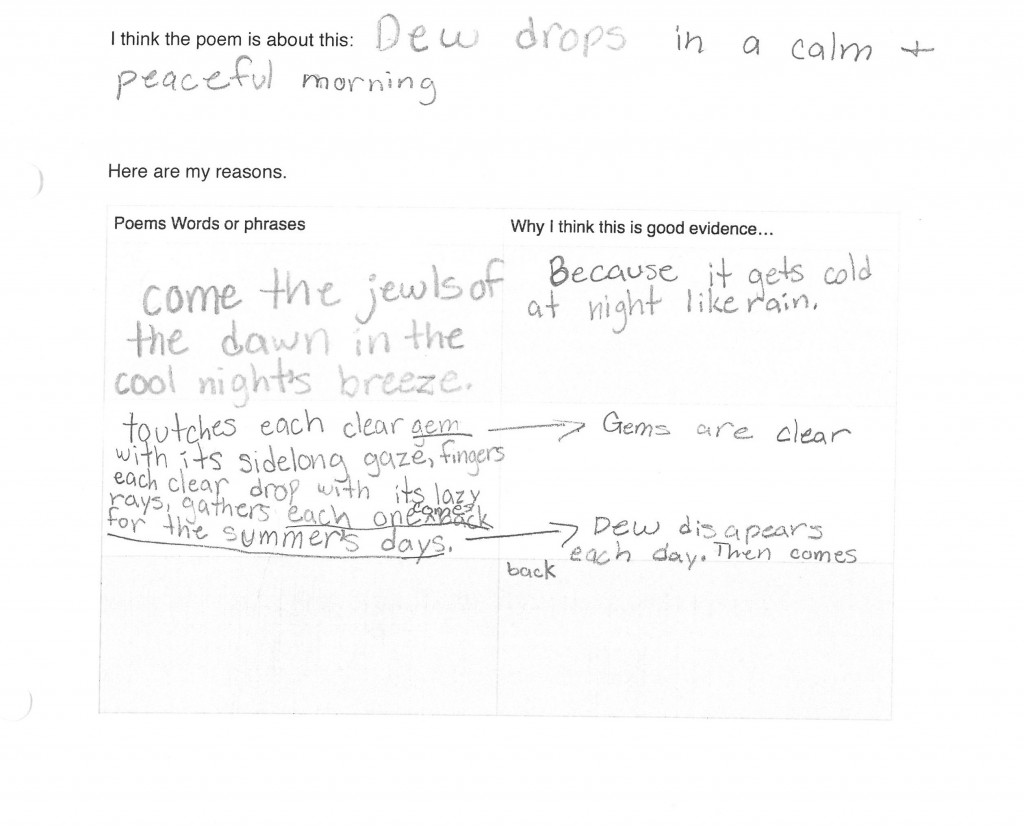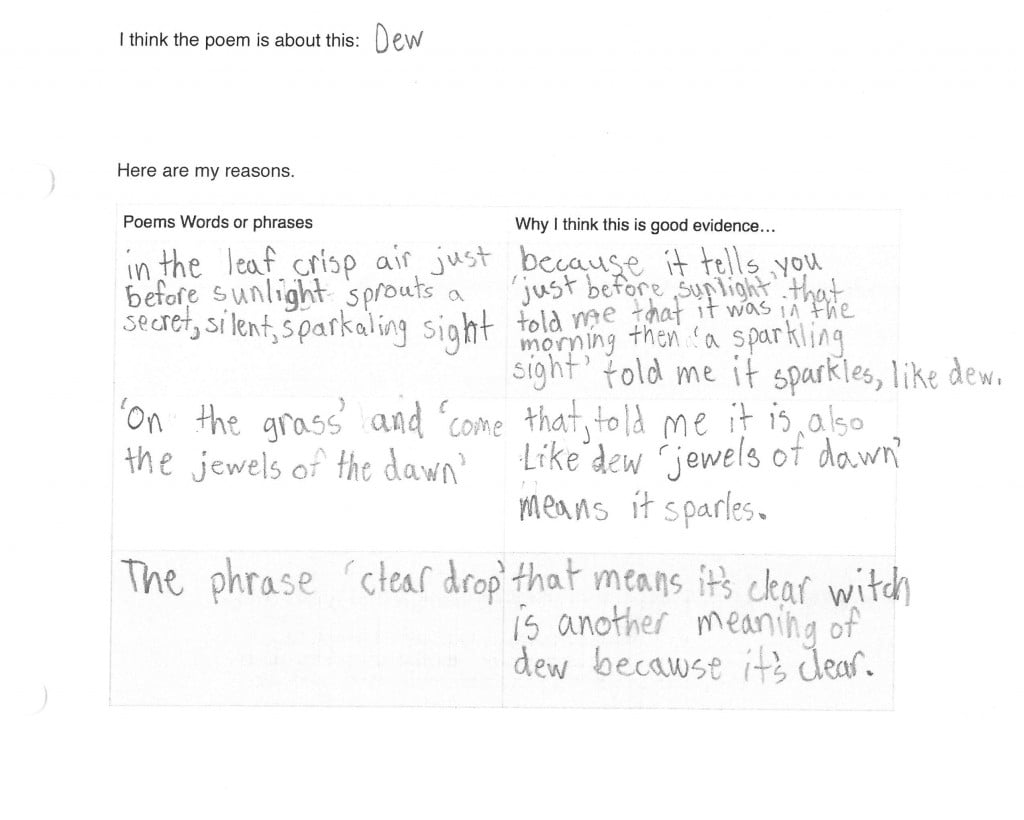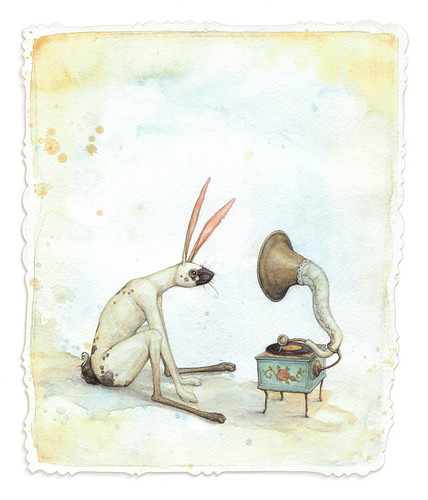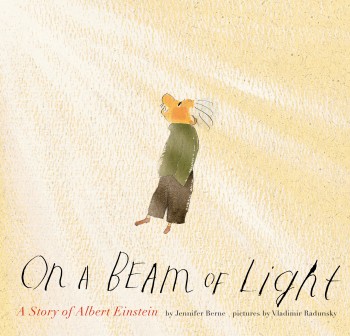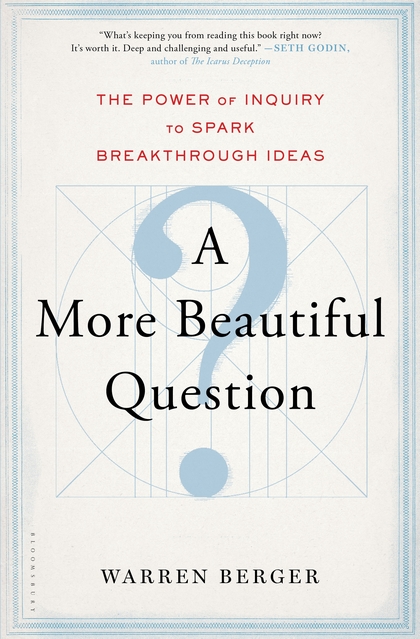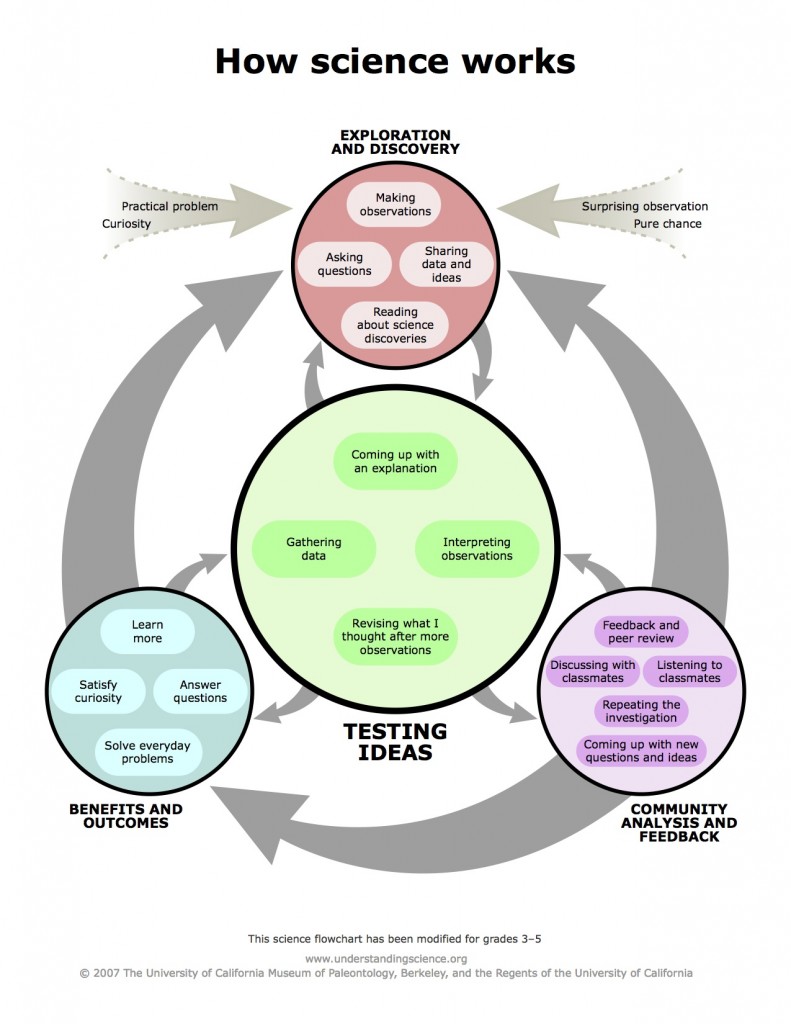
Street art in Valparaiso, Chile. (photo by Steve Peterson)
Wow. I am now just back from attending the NCTE14 convention in Washington DC. This was my first time at an NCTE convention; it was a time to remember. While a more competent band of souls could not possibly assemble ever, anywhere, what struck me was how these excellent teachers were oh-so-willing to learn more, to dream about how they might make their own classrooms even better places for every learner. I felt connected to kindred souls, and that left me sometimes kind of misty-eyed.
My first day of learning was devoted to several panels that looked at inquiry-based learning, a subject near and dear to my heart. While I believe that inquiry-based learning is one superb way to provide the “why” that kids (and teachers) need for what they do, I have not been able to pull it all together to make long-term inquiry units happen in my classroom. I’m a bit on my own in this regard in my district. The sessions I attended helped me imagine ways I could bring more inquiry into my own classroom by showing me folks who are actually doing it themselves.
Other sessions focused on the great thinking that is happening now about engaging children with informational texts. I’m heartened to see that so many people are thinking of how to do this better. I have much work to do myself. Though I love informational text maybe even more than the next person, my kids do not read it as often as I have hoped.
By chance (and the generosity of Heidi, poet/kindergarten teacher from the teacher blog, my juicy little universe) I was able to attend the Children’s Literature lunch, featuring Jacqueline Woodson. I could listen to Woodson read from her book, Brown Girl Dreaming, for as long as it took her to finish (and then I’d ask her to read it all over again.)
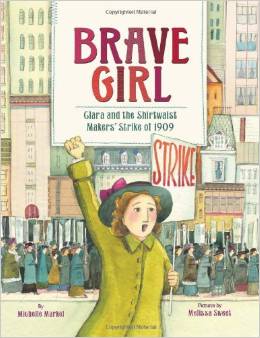 How did Chance know that I should sit at a table with Michelle Markel, author of a biography of Clara Lemlich (Brave Girl), one of the leaders of the Shirtwaist Strike of 1909? This ol’ labor historian and labor organizer was in heaven.
How did Chance know that I should sit at a table with Michelle Markel, author of a biography of Clara Lemlich (Brave Girl), one of the leaders of the Shirtwaist Strike of 1909? This ol’ labor historian and labor organizer was in heaven.
Finally, what brought me to the NCTE in the first place was that I presented as part of a panel with three other teachers from around the country: Mary Lee Hahn, Fran McVeigh, and Julieanne Harmatz, which favorite teacher-author, Vicki Vinton, pulled together. Each of us explored ideas from our classroom that we have been thinking about recently: Mary Lee’s work with student blogging and the amazing work she has done to build a community of writers; Fran’s fascinating exploration of how 3rd graders and teachers read the same children’s text, and the differences in their reactions; Julieanne’s research into how students respond to read aloud and independent reading caused her to make adjustments to help students in both realms; and my early-stage inquiry about how I teach informational text is helping me to rethink my teaching so I might help students see the larger meanings in the texts they read.
Though I had never actually met these folks face to face until the day before our session, within minutes after our first meeting I felt a strange sense of familiarity, as if I had known them for years. I suppose that I have; our writing has helped us to know each other. And that’s one of the other wonders that came from this time in DC — how writing about my classroom, and reading and commenting on the work of others — has helped to turn on that metaphorical “reading lamp” inside (the dog) of my classroom, and has helped me make connections to other educators who are committed to being the absolute best teachers they can be. (I felt a similar connection when I first met Jan Miller Burkins and Kim Yaris — see their terrific blog, Burkins and Yaris — both generous souls and smart, smart, smart. I’ll write more about their book, Reading Wellness soon.)
So now back to school. I have some new ideas and some renewed energy, which ain’t bad for a weekend’s work.
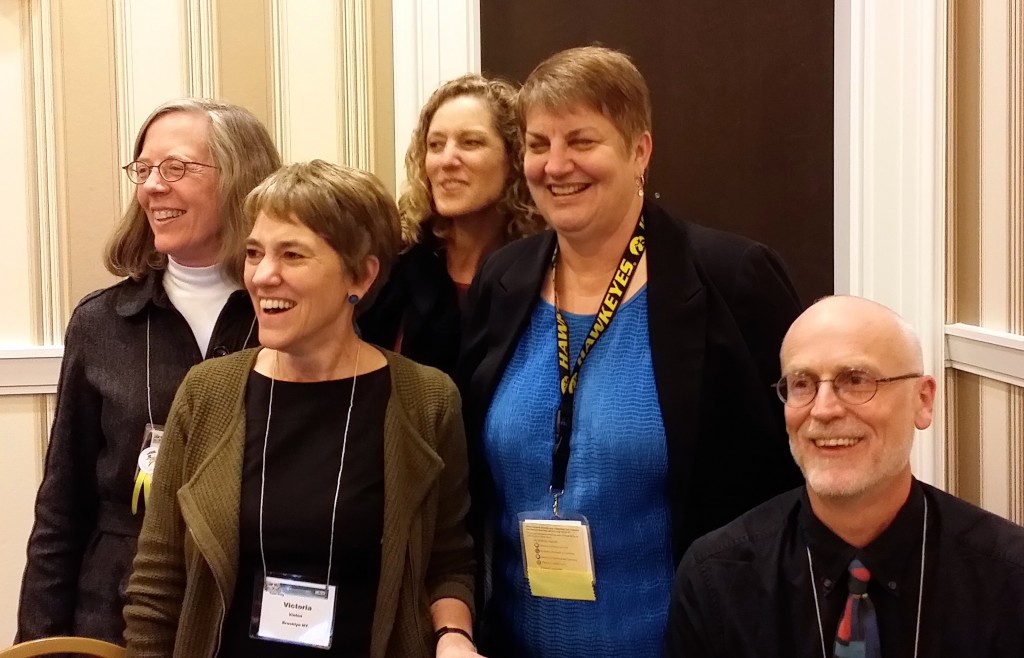
From left: Mary Lee, Vicki, Julieanne, Fran, me

